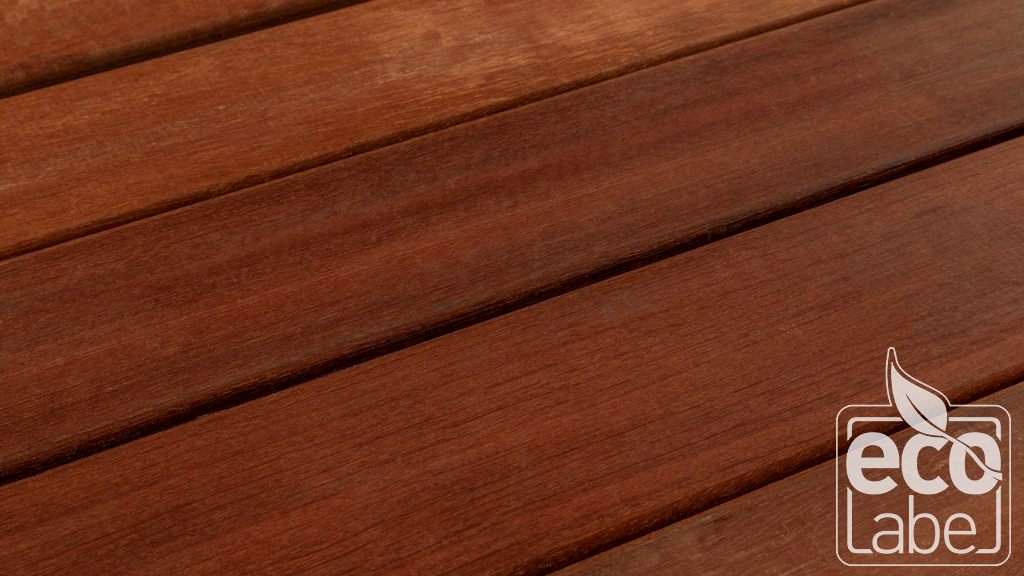The wooden floor coverings product group consists of wood and plant-based coatings. Materials such as wood veneers, laminate flooring, cork veneers and bamboo flooring, which are produced from more than 90 percent wood by mass in the final product, fall into this group.

The main ECO LABEL criteria determined for wood, cork and bamboo based floor coverings are collected under the following headings:
For example, according to the criteria of the product description, a technical description of the floor covering, including drawings showing the parts or materials that make up the final flooring product, its dimensions and a description of the manufacturing process must be provided to the competent authority that will make the certification. These descriptions should be accompanied by a product bill of materials containing the total weight of the product and how it is distributed among the different materials used.
This criterion is applied to wood, wood-based, cork, cork-based, bamboo and bamboo-based materials. All these materials must not originate from genetically modified organisms and must be certified by an independent third-party certification program.
Floor coverings other than ECO LABEL criteria are as follows:
The following guidance on these criteria is also provided:
Our organization has a strong staff that closely follows the developments in the world in the field of science and technology and constantly improves itself. At the same time, it uses modern test equipment and applies test methods accepted all over the world. Within this framework, it provides ECO LABEL certification services to manufacturers for wood, cork and bamboo-based floor coverings.